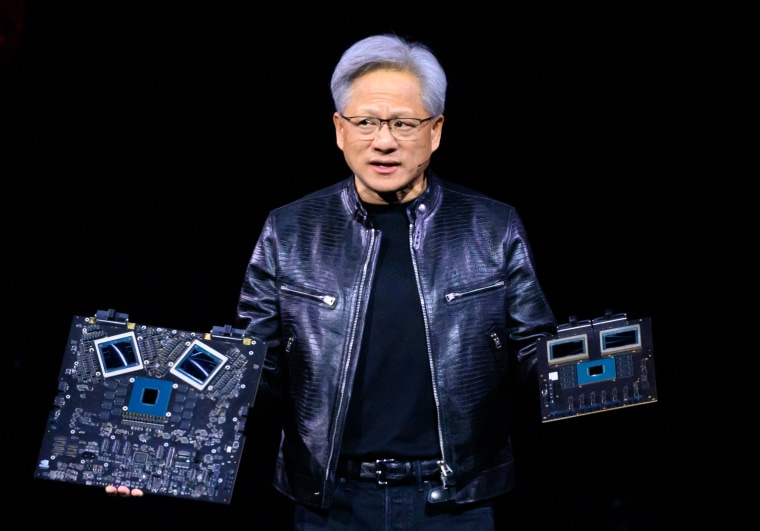
From Dominance to Decline: Intel’s Battle to Stay in the Chip Industry Spotlight
The Once Dominant Giant: Intel’s Struggle in the U.S. Chip Industry
Intel, a stalwart in the U.S. chip industry and a pioneer in semiconductor manufacturing, finds itself at a crossroads as it struggles to maintain its relevance in an increasingly competitive landscape. The company, which once dominated the market with its innovative technologies and cutting-edge products, is now facing formidable challenges that threaten its position as a leading player in the industry.
One of the key reasons behind Intel’s struggle is the intensifying competition from rivals such as AMD and NVIDIA. These companies have been gaining ground steadily over the years by leveraging advanced technologies and focusing on product differentiation. AMD, in particular, has made significant inroads in the market with its Ryzen processors, which have been well-received by consumers and industry experts alike for their performance and value.
Furthermore, Intel’s own missteps and delays in product development have contributed to its decline in the market. The company has faced numerous setbacks in recent years, including manufacturing issues and delays in transitioning to new process technologies. These challenges have not only hampered Intel’s ability to bring new products to market but have also eroded consumer confidence in the brand.
Another factor that has hindered Intel’s progress is the shift towards mobile and cloud computing. As more consumers and businesses rely on smartphones, tablets, and cloud services for their computing needs, the demand for traditional PC chips has waned. This trend has put Intel at a disadvantage, as the company has historically been focused on developing processors for desktop and laptop computers.
In response to these challenges, Intel has been making concerted efforts to reinvent itself and regain its competitive edge. The company has announced plans to invest heavily in research and development, with a particular focus on emerging technologies such as artificial intelligence and autonomous vehicles. Additionally, Intel has been working to improve its manufacturing processes and bring new products to market more quickly.
Despite its struggles, Intel still has several strengths that it can leverage to remain relevant in the industry. The company has a strong brand reputation and a loyal customer base, which could help it weather the storm and regain market share in the long run. Furthermore, Intel’s vast resources and technical expertise give it a competitive advantage that could enable it to innovate and differentiate itself from competitors.
In conclusion, Intel’s journey from dominance to struggle in the U.S. chip industry highlights the challenges that even the most established companies can face in a rapidly evolving market. By acknowledging its weaknesses, embracing innovation, and doubling down on its strengths, Intel has the potential to overcome its current hurdles and emerge as a stronger and more competitive player in the industry. Only time will tell whether the once-dominant giant can rise to the occasion and reclaim its position at the top of the semiconductor industry.
